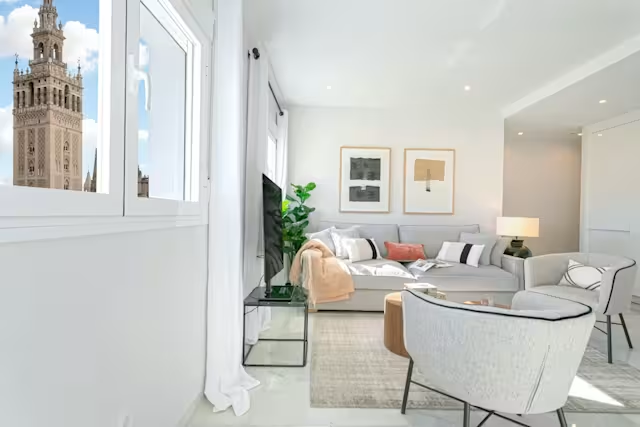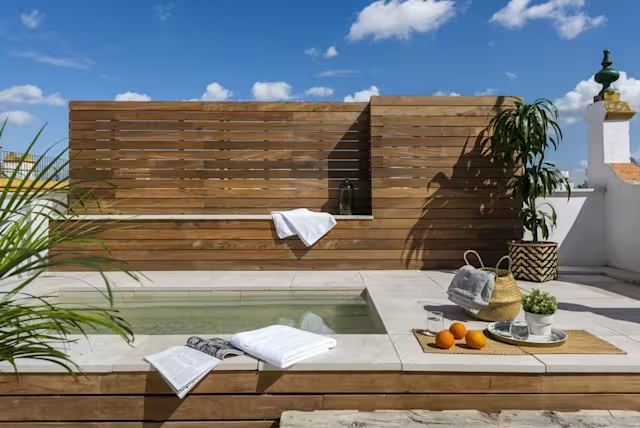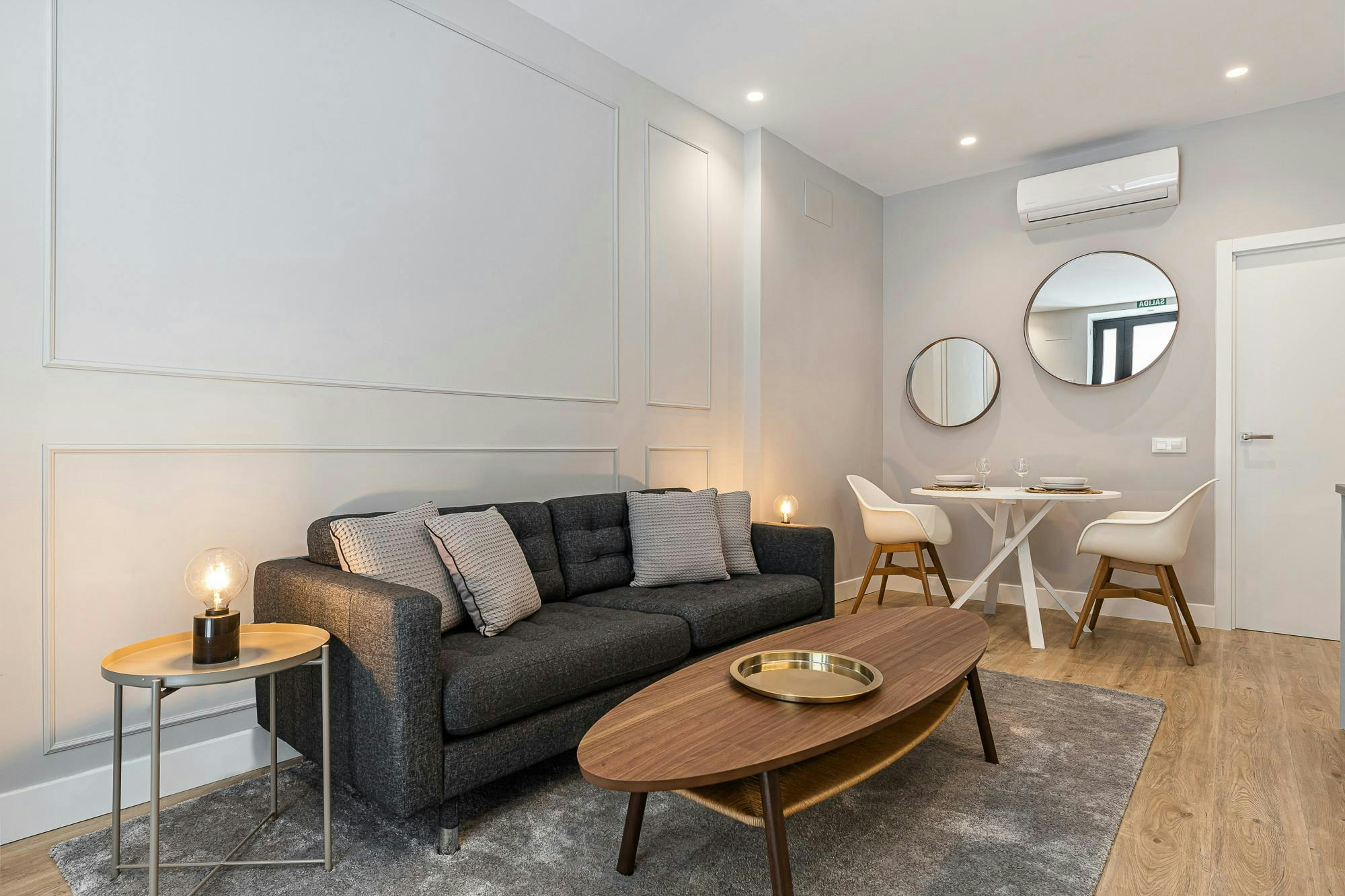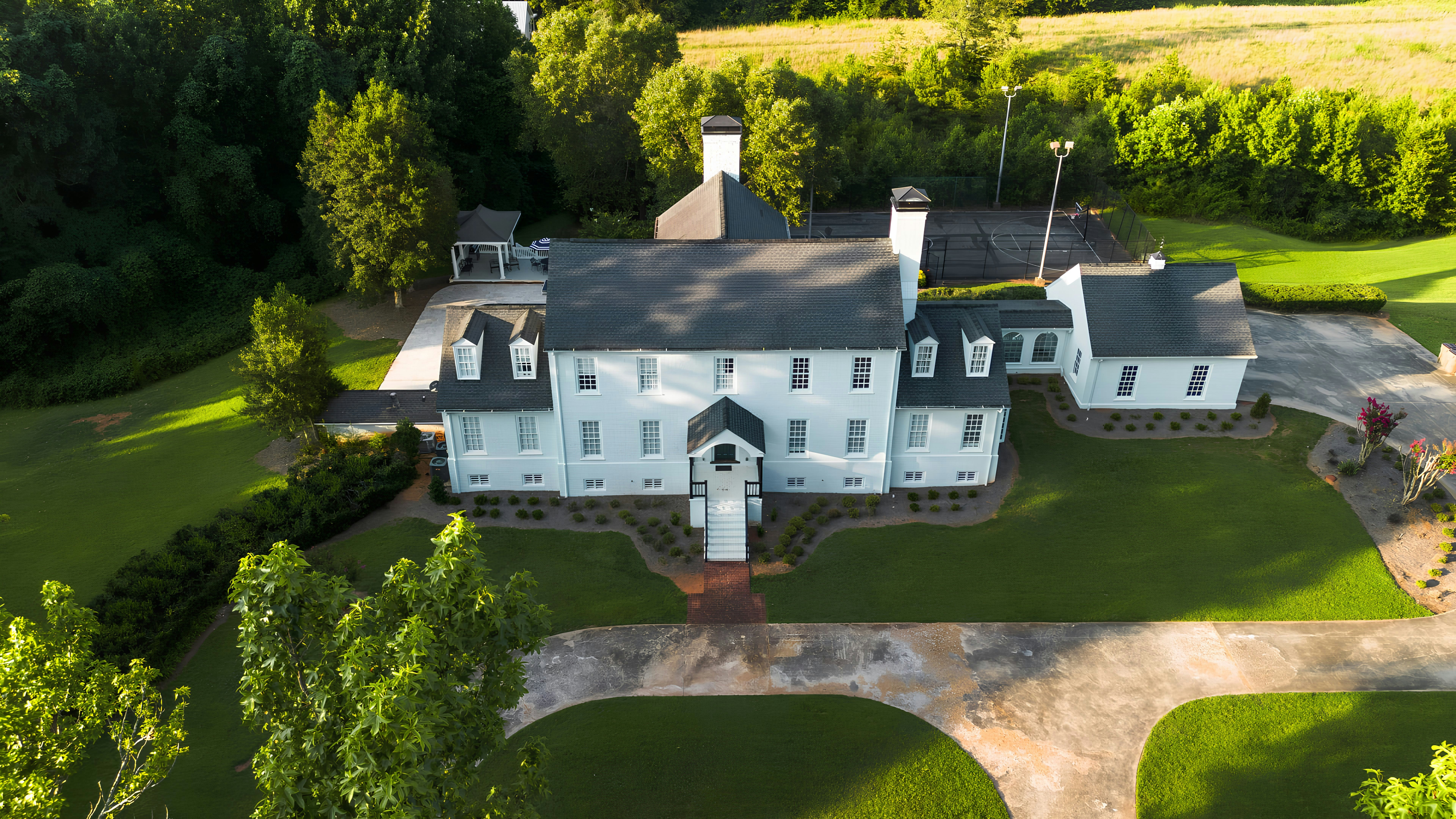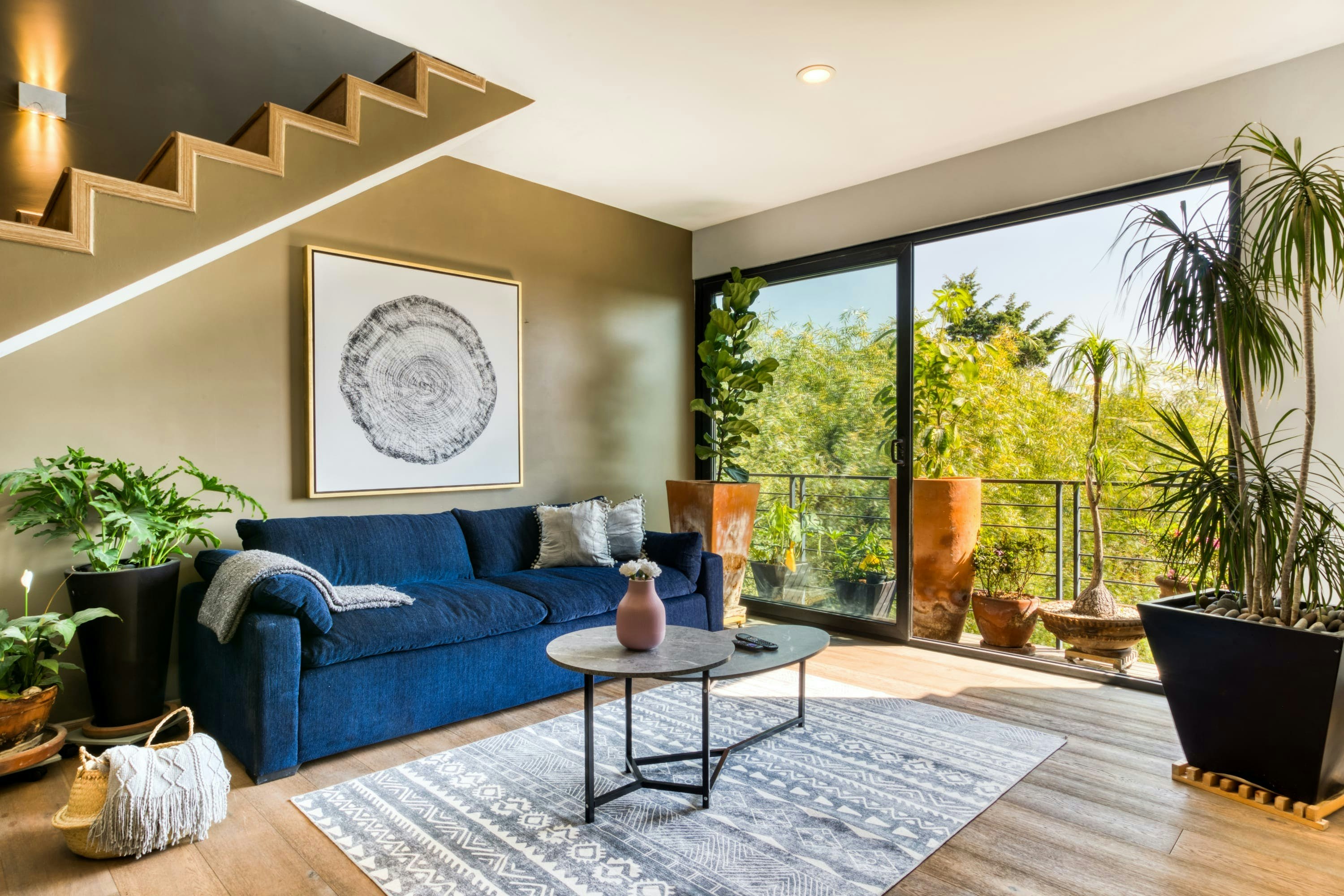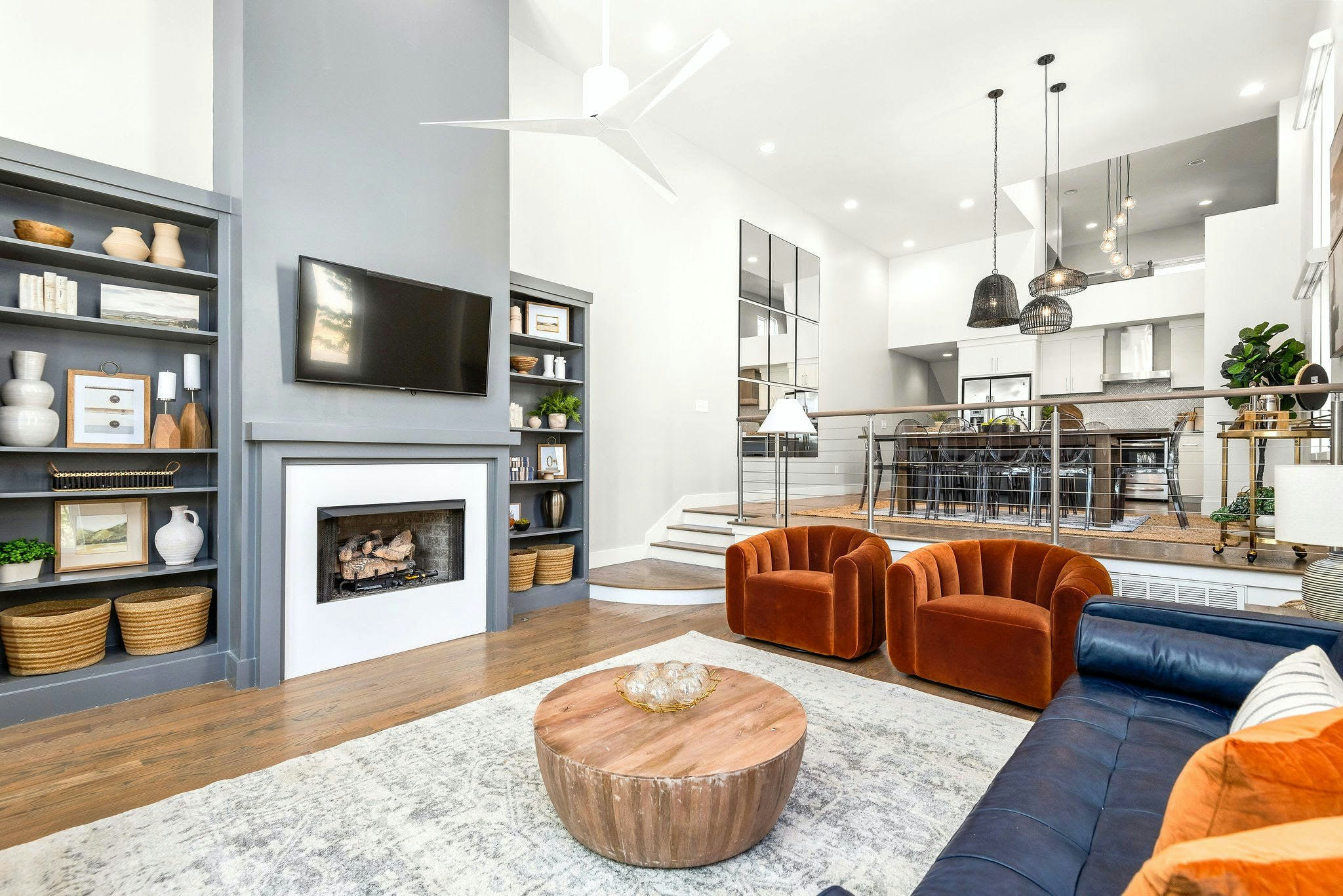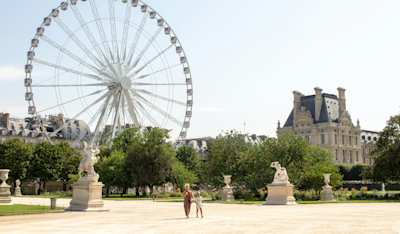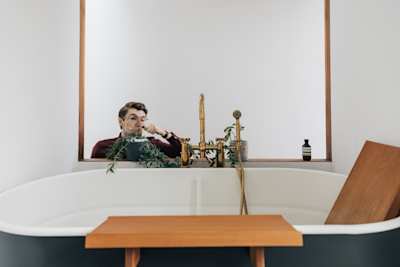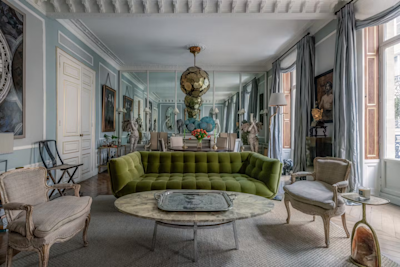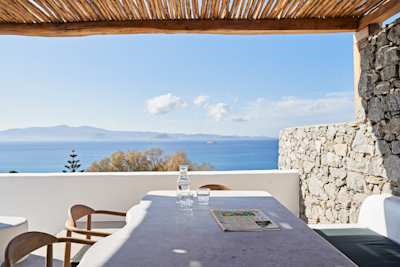The Best Things To Do in Seville, Andalusia’s Cultural Capital
Discover exactly why Seville is such a fantastic city break with these unmissable activities
~
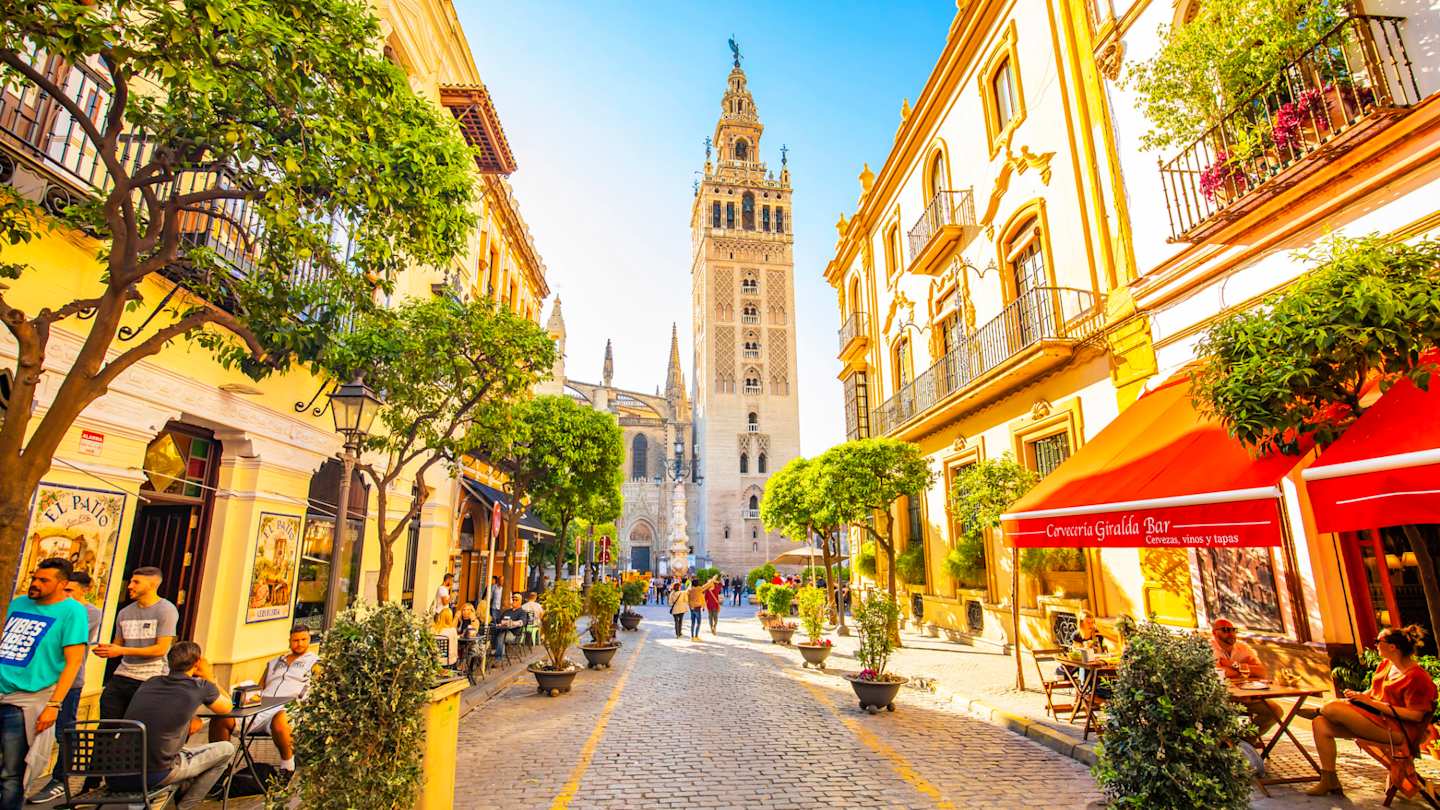
Finger-licking tapas, outstanding architecture, passionate flamenco. Seville excels at these three things, and plenty more too. Located in the southwest of Spain, Seville is the capital of and largest city within the autonomous community of Andalusia and the province of Seville. It offers an intriguing blend of tradition and modernity, making it an exciting and unforgettable destination for travellers. Sounds like your next city break? Fortunately for you, our experts at Plum Guide have just finished putting together their list of the very best things to do in Seville.
Explore the stunning Alcázar
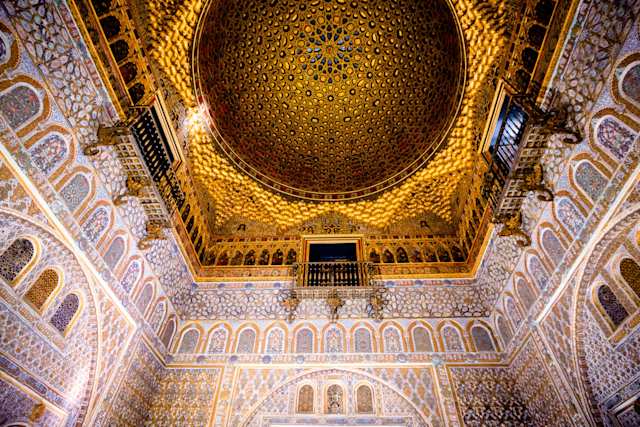
The Real Alcazar of Seville, Spain
A UNESCO World Heritage Site since 1987, this palace complex was originally built by the Moors in the 14th-century (that’s nearly 700 years ago). Since then, the palace has been redesigned and renovated by various monarchs and rulers, subsequently creating a wonderful combination of Islamic, Gothic, Renaissance and Baroque styles all on show – keep an eye out for the intricate tilework, arches, courtyards, gardens and water features.
If you’re feeling like you’ve somehow seen this before, that may be because you have. The palace and its accompanying gardens were used to film a number of episodes in HBO’s hit TV series Game of Thrones, masquerading as the Water Palace of Dorne. It’s little wonder this is such a huge tourist attraction and one of the top things to do in Seville.
Visit the third-largest cathedral in the world
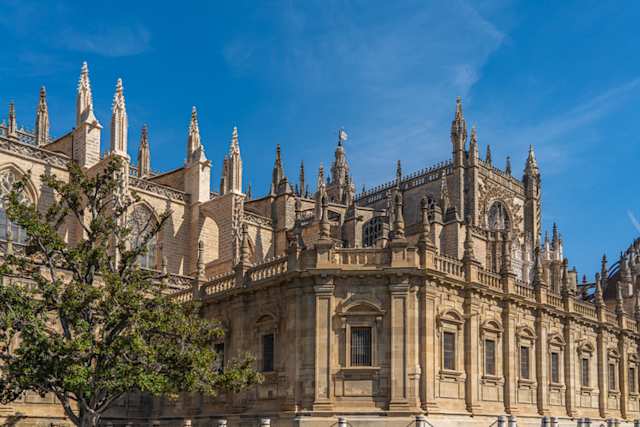
Gothic spires and architecture of the Catedral de Sevilla, Seville
When we said Seville excels in outstanding architecture we weren’t lying. Another UNESCO World Heritage Site, Seville Cathedral (Catedral de Sevilla) is the largest Gothic cathedral in the world. You’ll spot the very best features of Gothic architecture such as high vaulted ceilings, intricate stained glass windows and lavish decorations.
First built in the 15th-century on the site of a former mosque, the cathedral’s iconic bell tower, the Giralda Tower, was originally built as a minaret before later being converted. You can now climb the tower for some sensational views of the city. Additionally, the cathedral is also home to the tomb of Christopher Columbus, which is located near the main altar. It’s said to contain his remains, but there remains controversy over whether it is actually his final resting place. Netflix documentary, please.
Take a stroll through the Barrio Santa Cruz

Charming street lined with white-washed houses, cafes, and orange trees in Barrio Santa Cruz, Seville
Formerly the Jewish quarter of Seville during the medieval period, this charming old neighbourhood has a rich culture and history – it’s where both the cathedral and Alcázar are located. The narrow streets and alleys of the neighbourhood are lined with whitewashed houses, flower-filled balconies and traditional patios, making it the perfect place for a lazy stroll with camera in hand.
More often than not, these streets and alleys bring you out into a number of lively plazas such as the Plaza de Santa Cruz, which has a beautiful fountain surrounded by orange trees. You’ll make light work of finding a local cafe around here for a refreshing drink and light lunch. Speaking of food…
Eat your way through tapas bars
You simply cannot come to Seville without eating at least one evening’s worth of tapas (probably more). In case you’ve been living under a rock, tapas are lots of small plates of different, delicious foods. It is quintessentially Spanish and the whole thing is designed to be shared and social – good food with good people. And luckily for you, Seville is home to some of the very best tapas out there.
At a glance, some of the tapas bars that come highly recommended include La Brunilda Tapas, La Linterna Ciega, La Malvaloca, La Sede, El Rinconcillo and Bar Catedral Sevilla (no prizes for guessing where that’s located). We have to stress that this is at a quick glance – there are many tapas bars out there and part of the fun is just wandering around and falling into the next one (quite literally, after a few glasses of Seville wine).
For a light starter, try salmorejo, a comforting tomato soup made with bread, olive oil and garlic. It’s similar to gazpacho, but thicker and creamier. There’s plenty to tuck into for meat-lovers, who can choose from dishes like carrillada, or braised beef or Iberian pork cheeks; a hearty rabo de toro or bull tail stew; and the crowd-favourite croquetas de puchero, which are fried balls of beef, pork and cured sausages. If you prefer seafood, order the albóndigas de choco instead. These are meatballs made with squid or cuttlefish cooked in fish stock.
Experience a Flamenco show and learn how to dance, the Seville way

Man and woman in flamenco costume performing a dance in a covered plaza, Seville
Seville is perhaps most well known for its flamenco dancing. Much like the tapas, you can’t come here without experiencing a flamenco show. This traditional dance form originated in Andalusia somewhere between the 9th and 14th-centuries. Characterised by its intense footwork, hand clapping and passionate expressions, you’ll find a variety of flamenco shows every night in Seville that range from traditional to more modern interpretations.
Some of the most popular venues include the Tablao El Arenal, Casa de la Memoria, and El Patio Sevillano. These places often offer dinner and show packages, which provide a complete cultural experience of Flamenco dancing, music and food together. If you find yourself moving to the music, why not take up a lesson? There are plenty of dance schools across the city offering quick, sixty-minute sessions to get those hips and feet moving.
Cruise down the Guadalquivir River
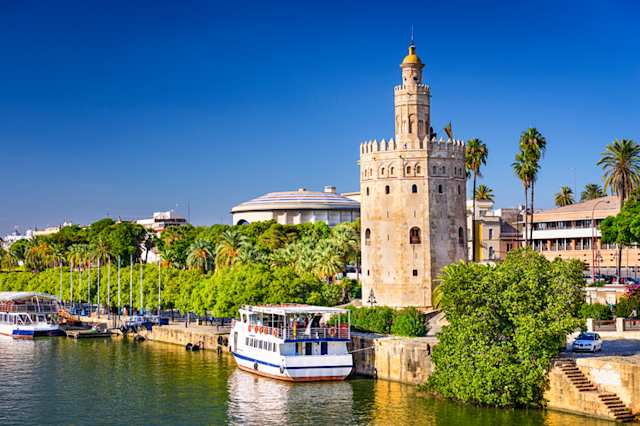
Sightseeing boat docked in front of Torre del Oro on the Guadalquivir river, Seville
For one of the slower, more peaceful things to do in Seville, you can take a boat ride down the Guadalquivir River that runs through the heart of the city. On a boat tour, you can learn how the river played an important role in Seville’s history when it was a major port for trade and exploration.
This is a great way to spend a lazy afternoon and it’ll give you a new, fresh perspective on the city. As you cruise along, you’ll see some of Seville’s most iconic landmarks including the Torre del Oro, the Maestranza Bullring and the Triana neighbourhood. You’ll also pass under many of the beautiful bridges that span the river and enjoy the lush greenery that lines its banks. It’s all rather relaxing. If you’re looking for something really special and romantic, you could even book a dinner cruise at sunset.
Discover the Museum of Fine Arts
Seville certainly seems like the right setting to host one of the most important art collections in Spain and in the Museum of Fine Arts (Museo de Bellas Artes de Sevilla), that’s exactly what you’ll find. Located in the Plaza del Museo, the museum is home to a large collection of paintings and sculptures from as far back as the medieval period.
Naturally, the museum’s collection is focused on Spanish art, with a particular emphasis on Sevillan artists. The city has a proud artistic heritage and, whether taking a tour or wandering around solo, you can view the works of many of the artists including Diego Velázquez, Francisco de Zurbarán and Bartolomé Esteban Murillo. The building itself is beautiful (as all buildings are in Seville) and it’s a must-visit for anyone interested in art and culture.
Take a wine tour
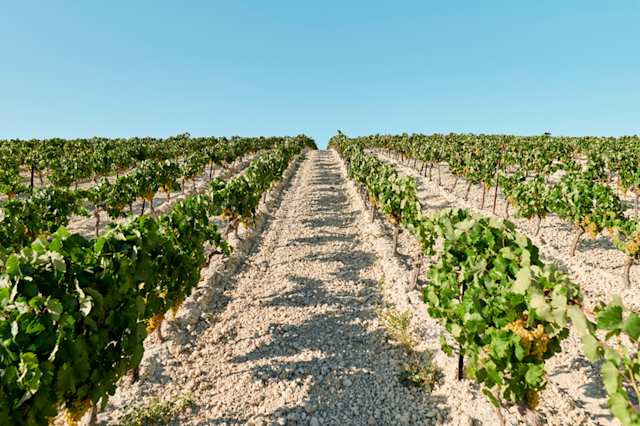
Rows of vineyards growing green grapes in Jerez de la Frontera, Spain
While we’re on the topic of culture, how about some Sevillian wine? Seville’s three main wine-making areas include the Aljarafe, the Sierra Norte and Guadalquivir-Doñana. The Aljarafe region is located just west of Seville and produces fortified wines like sherry and brandy. The region’s hot, dry climate and limestone soil are ideal for growing grapes.
Meanwhile, the Sierra Norte de Sevilla region is located north of Seville and is celebrated for its Tempranillo, Syrah and Cabernet Sauvignon grapes which produce exquisite reds. The Guadalquivir-Doñana region is located southwest of Seville and is known for its fruity white wines made from the Zalema grape.
You’ll be pleased to hear you can take tours of the local wineries to learn more about the wine making process. We can highly recommend Bodegas Salado in the town of Umbrete and Bodegas Tierra Savia in the Sierra Norte mountains.
Hang out at the Plaza de España
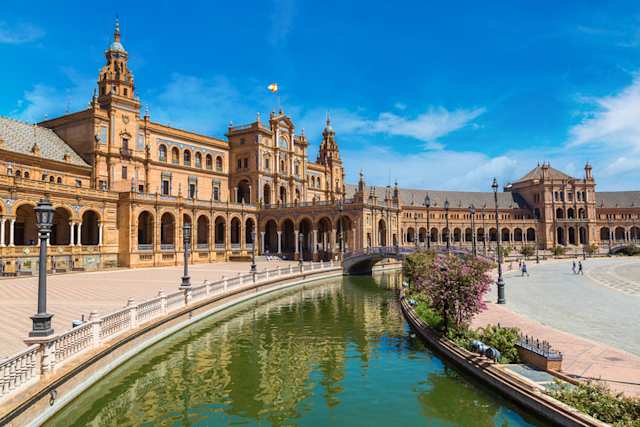
Plaza de España (Spanish Square) on a summer day, Seville
With its mix of Renaissance and Moorish styles, the Plaza de España is a wonderful place to wile away the day. With its intricate tilework, arches, and fountains, it’s one of the most iconic and beautiful landmarks in Seville.
Originally built in 1928 for the Ibero-American Exposition as a means to show off Spain’s power and influence, it remains a symbol of the country’s cultural heritage to this day. Filled with street performers and musicians who create a lively, almost festive atmosphere, the large semi-circular plaza can be found within the beautiful Parque de María Luisa which is also worth a wander through. When you’re finished enjoying its magnificence, there are several cafes and restaurants situated nearby where you can enjoy a well-earned meal and drink. Just remember to save space for even more tapas later on.
